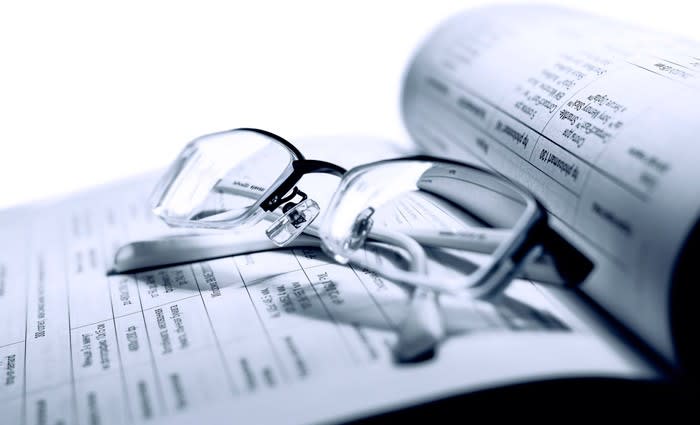The key charts that determined the RBA's June rate cut
The RBA cut rates for the first time in nearly three years at its June meeting to a record low 1.25%.
It had previously stood at 1.5%, which had been a record low rate, since it was last cut from 1.75% in August 2016.
Over 90% of the economists and experts surveyed in Finder.com.au's monthly RBA Cash Rate Survey predicted the cut.
RBA Governor Philip Lowe has explained the cash rate cut, suggesting the "decision was taken to support employment growth and to provide greater confidence that inflation will be consistent with the medium-term target."
Today the RBA have released their chart pack, which highlights key factors in the Australian economy.
Property Observer takes a look at four key charts which will have been strong influencers in the decision to cut the official interest rate.
1. GDP Growth
Australia's GDP growth continued its decline toward two percent.
The economy only grew 0.3 percent in the September quarter and 0.2 percent in the December quarter, an annualised rate of just one percent.
2. Consumer Price Inflation
Consumer Price Inflation has continued its downward trajectory towards one percent.
Income and spending per person fell in the December quarter, following a September quarter where it barely grew.
UNSW's Peter Martin says the RBA cut rates because "we aren’t spending or pushing up prices at anything like the rate it would like."
3. Underlying Inflation
Since 1993, the RBA has targeted inflation of between two and three per cent, on average, over the course of the business cycle.
The latest March quarter figures has the inflation tracking further away from the two to three percent bracket.
4. Unemployment
The latest unemployment figures were a mixed bag.
Total employment rose 28,400 in April, stronger than the market median estimate of over 15,000.
Full-time employment in April fell 6,300 with part-time employment growing 34,700.
The big surprise in the April results was the jump in the unemployment rate from 5.1% to 5.2%.
This was the result of a jump in the participation rate to a new record high of 65.85%.
To see the full chart pack from the RBA, click here.
